#Grand Duchess Maria Pavlovna the Younger
Text


Photographs: 1. Grand Duke Pavel Alexandrovich; 2. Pavel's first wife: Grand Duchess Alexandra Georgievna (Nee Princess Alexandra of Greece and Denmark); 3. Pavel's morganatic wife: Olga Valerianovna, Princess Paley (nee Olga Valerianovna Karnovich).
Grand Duke Pavel Alexandrovich (1860 - 1919) and his children
Grand Duke Pavel was the youngest son of Emperor Alexander II and Empress Maria Alexandrovna. As a child and even as an adult, he had very frail health (but that did not prevent him from being very successful with the ladies and a great dancer.) Politically, Pavel would play his most important role toward the end of the Romanov dynasty, when he largely acted as a liaison between Empress Alexandra and Emperor Nicholas II and the rest of the Romanov family. It was Grand Duke Paul who informed the Empress of the abdication.
Pavel was married twice and had five children. His first wife was Grand Duchess Alexandra Georgievna (nee Princess Alexandra of Greece and Denmark.) He had two children with her, Grand Duchess Maria Pavlovna (the younger) and Grand Duke Dmitry Pavlovich (Alexandra died giving birth to him.) Several years later, Pavel married Olga Valerianovna Karnovich morganatically and was exiled from Russia by the Emperor; the couple had a comfortable exile since Paul had money out of Russia. Olga would be made Princess Paley when the couple was allowed to return to Russia. By the time they returned to Russia, they had three children: Vladimir, Irina, and Natalia.
Grand Duke Pavel's five children were remarkably good-looking. One of his daughters, Natalia, became a model and actress in the United States. It is a shame that they had to live through such horrible times; none of them seem to find lasting stability in the area of relationships throughout their lives. But this post is just about what a good example of the general good looks of the Romanov family Pavel's children were.
Following are some photographs of Pavel's beautiful offspring:
Photographs: Pavel and Olga's children: 1. Prince Vladimir Pavlovich Paley; 2. Princesses Natalia and Irina Pavlovna Paley; 3. Prince Vladimir with his two little sisters; 4. Prince Vladimir; 5. Princess Irina Pavlovna; 6. Princess Natalia Pavlovna

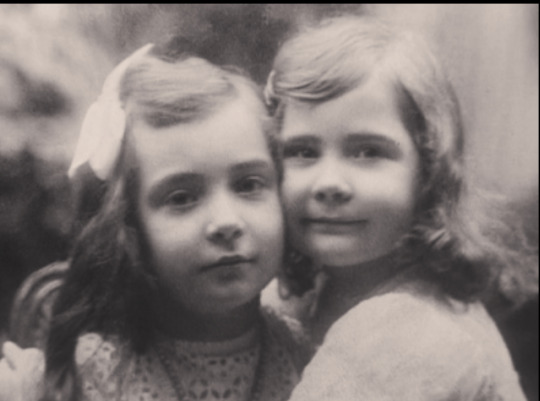


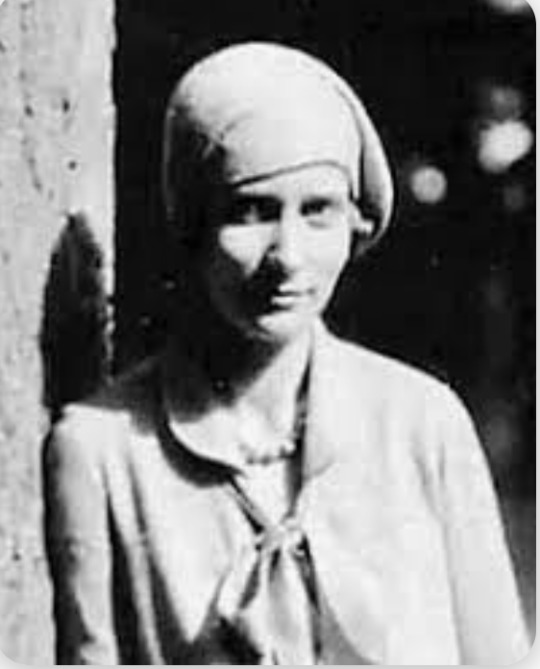

Photographs: Pavel and Alexandra's children: 1. Grand Duke Dmitry Pavlovich and Grand Duchess Maria Pavlovna the Younger; 2. Grand Duchess Maria Pavlovna; 3. Grand Duke Dmitry Pavlovich
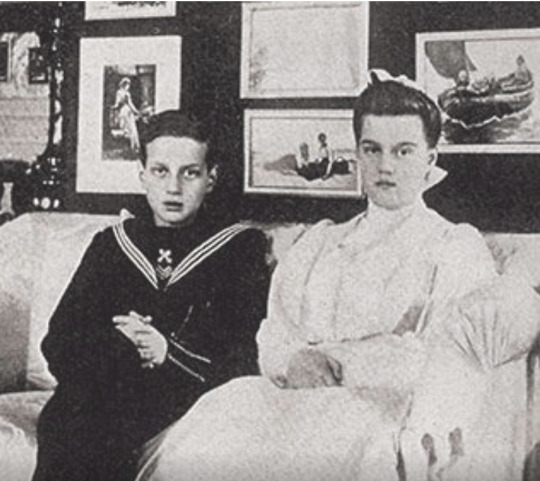
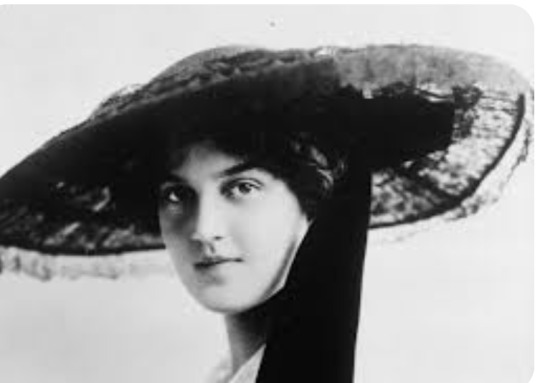

#russian history#romanov dynasty#Grand Duchess Alexandra Georgievna#Grand Duke Pavel Alexandrovich#Grand Duke Dmitry Pavlovich#Grand Duchess Maria Pavlovna the Younger#Princess Olga Valerianovna Paley#Prince Vladimir Pavlovich Paley#Princess Natalia Pavlovna Paley#Princess Irina Pavlovna Paley
24 notes
·
View notes
Text

Grand Duchess Maria Pavlovna in a traditional Russian costume, early 1900s
#maria pavlovna the younger#maria pavlovna#grand duchess Maria Pavlovna#early 1900s#alexandrovichi#grand duchess Maria Pavlovna the younger#romanov#kokoshnik#romanovs#russian imperial family
15 notes
·
View notes
Text

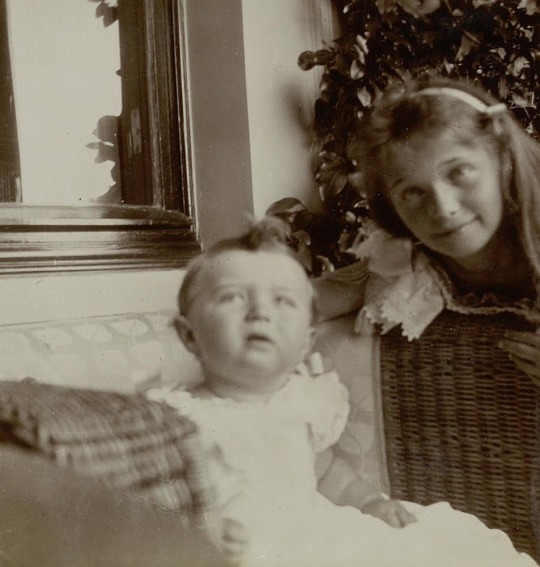

Grand Duchess Olga Nikolaevna of Russia playing with her little brother Tsarevich Alexei Nikolaevich and a camera (also with Maria Pavlovna the younger looking on), 1905 🤍
#such a cute moment!#she loved Alexei so much 🫶#olga nikolaevna#romanov#otma#romanovs#alexei nikolaevich#maria pavlovna the younger#Maria pavlovna#1905#Alexander palace#tsarevich alexei#grand duchess olga nikolaevna#grand duchess Olga#tsarskoe selo
28 notes
·
View notes
Photo

Grand Duchess Maria Pavlovna of Russia (formerly Duchess of Södermanland) wearing her aunt Grand Duchess Elizabeth Feodorovna of Russia’s famous emerald set, 1914.
#Grand Duchess Maria Pavlovna of Russia#Grand Duchess Maria#Grand Duchess Maria Pavlovna#maria pavlovna the younger#Duchess of Södermanland#romanovs#imperial russia#Imperial Family#russian imperial family#Swedish Royals#Swedish Royalty#1914#1910s#1910s fashion
119 notes
·
View notes
Text
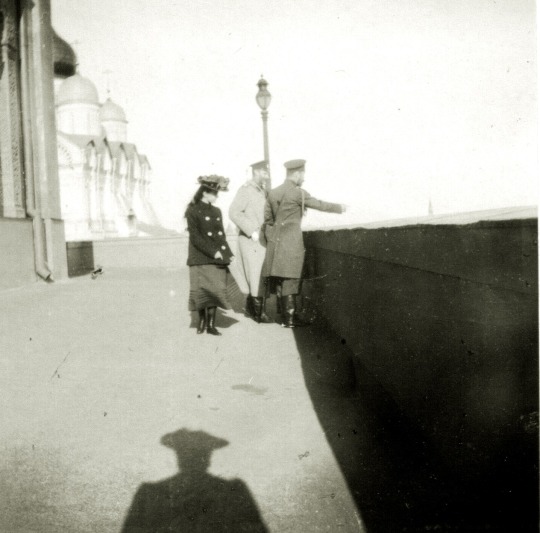
Grand Duchess Maria Pavlovna (the younger), Grand Duke Sergei and Tsar Nicholas II at Kremlin.
(source: 📷)
#tsar nicholas ii#grand duke sergei#grand duchess maria pavlovna#the younger#grand duke#tsar#grand duchess#my own
22 notes
·
View notes
Text
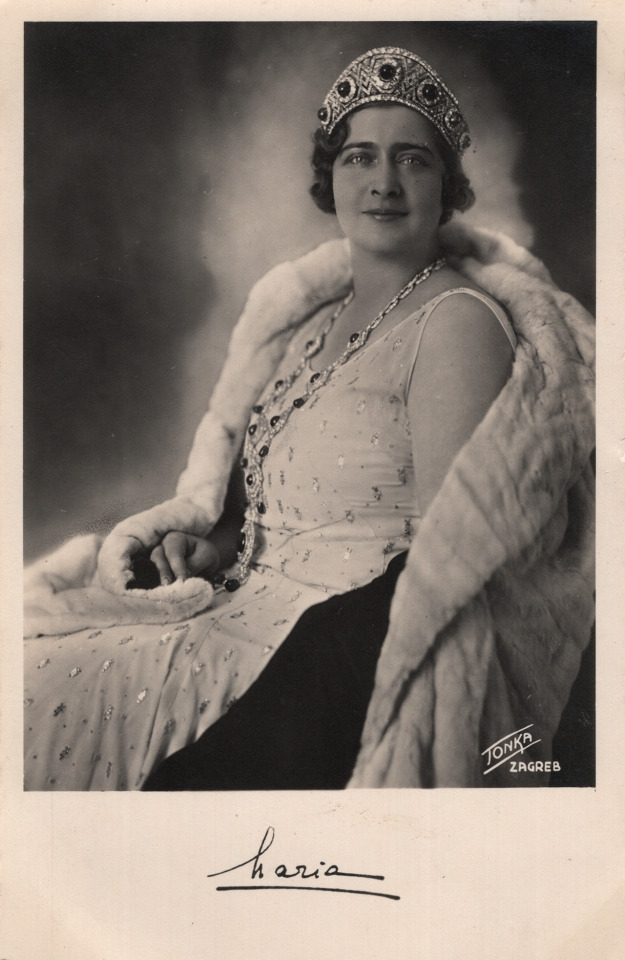
Queen Maria of Yugoslavia, nee Romania.
Mignon is wearing what I believe are Grand Duchess Elizaveta Feodorovna's emeralds. They were given to Maria Pavlovna the Younger for a wedding present, who sold them to Alexander of Serbia/Yugoslavia after the revolution, who gave them to Mignon as a wedding gift.
#romanov relatives#maria of romania#maria of yugoslavia#mignon of romania#my collection#romanian royal family#yugoslav royal family
52 notes
·
View notes
Text
Friends, enemies, comrades, Jacobins, Monarchist, Bonapartists, gather round. We have an important announcement:
The continent is beset with war. A tenacious general from Corsica has ignited conflict from Madrid to Moscow and made ancient dynasties tremble. Depending on your particular political leanings, this is either the triumph of a great man out of the chaos of The Terror, a betrayal of the values of the French Revolution, or the rule of the greatest upstart tyrant since Caesar.
But, our grand tournament is here to ask the most important question: Now that the flower of European nobility is arrayed on the battlefield in the sexiest uniforms that European history has yet produced (or indeed, may ever produce), who is the most fuckable?
The bracket is here: full bracket and just quadrant I
Want to nominate someone from the Western Hemisphere who was involved in the ever so sexy dismantling of the Spanish empire? (or the Portuguese or French American colonies as well) You can do it here
The People have created this list of nominees:
France:
Jean Lannes
Josephine de Beauharnais
Thérésa Tallien
Jean-Andoche Junot
Joseph Fouché
Charles Maurice de Talleyrand
Joachim Murat
Michel Ney
Jean-Baptiste Bernadotte (Charles XIV of Sweden)
Louis-Francois Lejeune
Pierre Jacques Étienne Cambrinne
Napoleon I
Marshal Louis-Gabriel Suchet
Jacques de Trobriand
Jean de dieu soult.
François-Étienne-Christophe Kellermann
17.Louis Davout
Pauline Bonaparte, Duchess of Guastalla
Eugène de Beauharnais
Jean-Baptiste Bessières
Antoine-Jean Gros
Jérôme Bonaparte
Andrea Masséna
Antoine Charles Louis de Lasalle
Germaine de Staël
Thomas-Alexandre Dumas
René de Traviere (The Purple Mask)
Claude Victor Perrin
Laurent de Gouvion Saint-Cyr
François Joseph Lefebvre
Major Andre Cotard (Hornblower Series)
Edouard Mortier
Hippolyte Charles
Nicolas Charles Oudinot
Emmanuel de Grouchy
Pierre-Charles Villeneuve
Géraud Duroc
Georges Pontmercy (Les Mis)
Auguste Frédéric Louis Viesse de Marmont
Juliette Récamier
Bon-Adrien Jeannot de Moncey
Louis-Alexandre Berthier
Étienne Jacques-Joseph-Alexandre Macdonald
Jean-Mathieu-Philibert Sérurier
Catherine Dominique de Pérignon
Guillaume Marie-Anne Brune
Jean-Baptiste Jourdan
Charles-Pierre Augereau
Auguste François-Marie de Colbert-Chabanais
England:
Richard Sharpe (The Sharpe Series)
Tom Pullings (Master and Commander)
Arthur Wellesley, 1st Duke of Wellington
Jonathan Strange (Jonathan Strange & Mr. Norrell)
Captain Jack Aubrey (Aubrey/Maturin books)
Horatio Hornblower (the Hornblower Books)
William Laurence (The Temeraire Series)
Henry Paget, 1st Marquess of Anglesey
Beau Brummell
Emma, Lady Hamilton
Benjamin Bathurst
Horatio Nelson
Admiral Edward Pellew
Sir Philip Bowes Vere Broke
Sidney Smith
Percy Smythe, 6th Viscount Strangford
George IV
Capt. Anthony Trumbull (The Pride and the Passion)
Barbara Childe (An Infamous Army)
Doctor Maturin (Aubrey/Maturin books)
William Pitt the Younger
Robert Stewart, 2nd Marquess of Londonderry (Lord Castlereagh)
George Canning
Scotland:
Thomas Cochrane
Colquhoun Grant
Ireland:
Arthur O'Connor
Thomas Russell
Robert Emmet
Austria:
Klemens von Metternich
Friedrich Bianchi, Duke of Casalanza
Franz I/II
Archduke Karl
Marie Louise
Franz Grillparzer
Wilhelmine von Biron
Poland:
Wincenty Krasiński
Józef Antoni Poniatowski
Józef Zajączek
Maria Walewska
Władysław Franciszek Jabłonowski
Adam Jerzy Czartoryski
Antoni Amilkar Kosiński
Zofia Czartoryska-Zamoyska
Stanislaw Kurcyusz
Russia:
Alexander I Pavlovich
Alexander Andreevich Durov
Prince Andrei (War and Peace)
Pyotr Bagration
Mikhail Miloradovich
Levin August von Bennigsen
Pavel Stroganov
Empress Elizabeth Alexeievna
Karl Wilhelm von Toll
Dmitri Kuruta
Alexander Alexeevich Tuchkov
Barclay de Tolly
Fyodor Grigorevich Gogel
Ekaterina Pavlovna Bagration
Ippolit Kuragin (War and Peace)
Prussia:
Louise von Mecklenburg-Strelitz
Gebard von Blücher
Carl von Clausewitz
Frederick William III
Gerhard von Scharnhorst
Louis Ferdinand of Prussia
Friederike of Mecklenburg-Strelitz
Alexander von Humboldt
Dorothea von Biron
The Netherlands:
Ida St Elme
Wiliam, Prince of Orange
The Papal States:
Pius VII
Portugal:
João Severiano Maciel da Costa
Spain:
Juan Martín Díez
José de Palafox
Inês Bilbatua (Goya's Ghosts)
Haiti:
Alexandre Pétion
Sardinia:
Vittorio Emanuele I
Lombardy:
Alessandro Manzoni
Denmark:
Frederik VI
Sweden:
Gustav IV Adolph
47 notes
·
View notes
Text


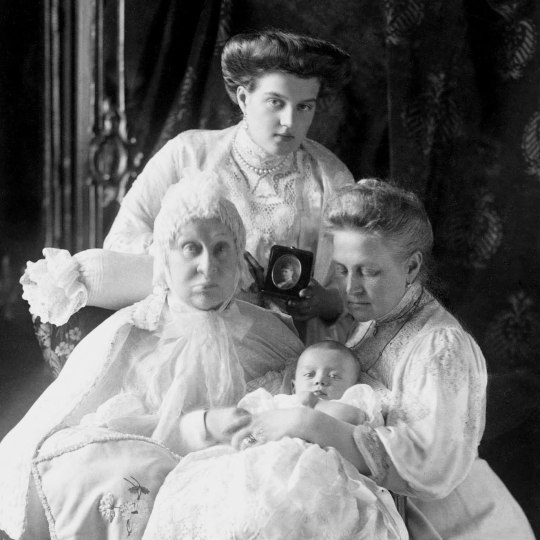

April 18, 1890 - Grand Duchess Maria Pavlovna was born in St. Petersburg as the daughter of Grand Duke Paul Alexandrovich and Grand Duchess Alexandra Georgievna. This means she was a cousin of Tsar Nicholas II and Prince Philip, the Duke of Edinburgh. She was named after her late grandmother, Empress Maria Alexandrovna, and her aunt, grandaunt, and godmother, Empress Maria Feodorovna.
Maria was not yet two years old when her mother died from complications after giving birth to Maria's younger brother, Grand Duke Dmitri Pavlovich. Grand Duke Paul was so distraught by the unexpected death of his wife that he neglected his two small children, who were left in the care of his elder brother, Grand Duke Sergei Alexandrovich. Growing up without a mother and a frequently absent father, Maria and her brother Dimitri became very close, relying on each other for affection and companionship.
Shortly after Easter 1907, Prince Wilhelm, Duke of Södermanland, visited St. Petersburg and was introduced to the 16-year-old Maria Pavlovna. The prince was tall, thin, dark, and distinguished-looking "with beautiful grey eyes," Maria recalled in her memoirs. He stayed for dinner, and the following day, Maria was told that he wished to marry her. The official betrothal was announced in June 1907 at Peterhof Palace.
Maria Pavlovna later wrote that she felt her aunt had rushed her into the marriage. In her memoirs, Maria wrote: "I was using Wilhelm, in a sense, only to obtain my freedom." She and Prince Wilhelm married the following year in Tsarskoye Selo, and she became Princess Maria, the Duchess of Södermanland. The couple had one child together in 1909, Prince Lennart (later Lennart Bernadotte).
Their marriage was not happy, and they dissolved in March 1914. Maria returned to her home country in the same year as the divorce. After the revolution, she fled to France, and towards the end of her life, she lived in Konstanz, West Germany, near her son Lennart and his family.
Photo 1: Prince Wilhelm and Grand Duchess Maria Pavlovna photographed on their wedding day in 1908.
Photo 2: Grand Duke Sergei Alexandrovich and Grand Duchess Elizabeth Feodorovna photographed with Grand Duke Paul Alexandrovich and his children Dmitri and Maria in 1892. Portrait taken from Wikimedia Commons.
Photo 3: Photograph of Grand Duchess Alexandra Iosifovna, her daughter Queen Olga of the Hellenes, her great-granddaughter Princess Maria and her great-great-grandson Prince Lennart of Sweden. Princess Maria is holding a photograph of her mother, Grand Duchess Alexandra Georgievna. The photograph was taken in 1909.
Photo 4: Prince Wilhelm and Princess Maria were photographed together in 1908 at their home, Stenhammar Castle. Maria is pictured wearing the Sweden dress. Portrait taken from Wikimedia Commons.
Follow my blog & Instagram for more royal history
#swedish royal family#russian imperial family#royal history#grand duchess maria pavlovna#princess maria#prince wilhelm#prince wilhelm of sweden#prince lennart#lennart bernadotte#on this day#today in history#swedish history#russian history
9 notes
·
View notes
Text
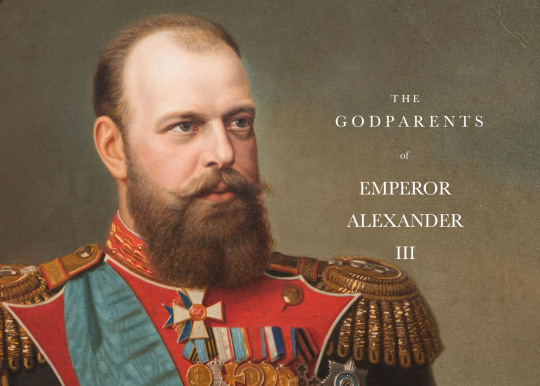

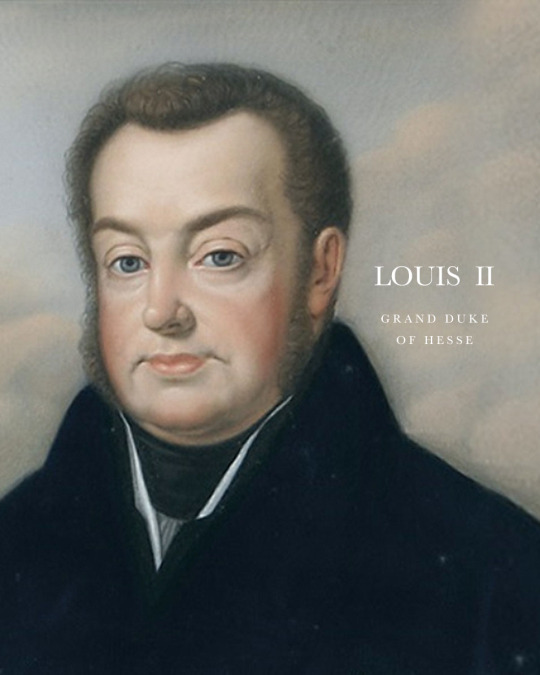

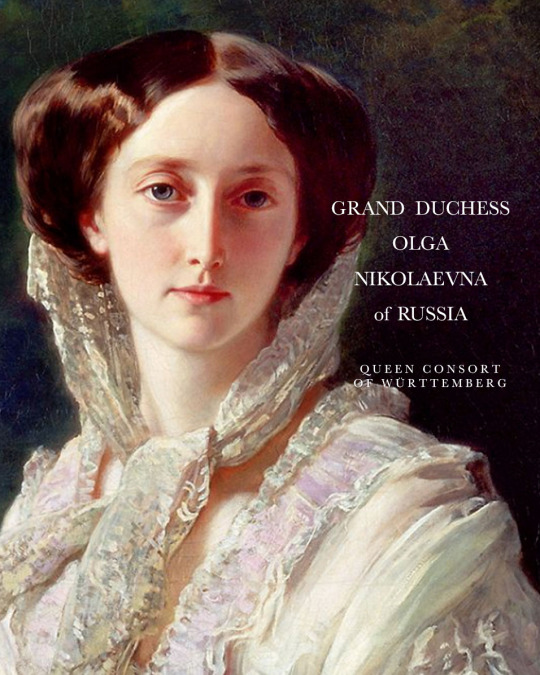
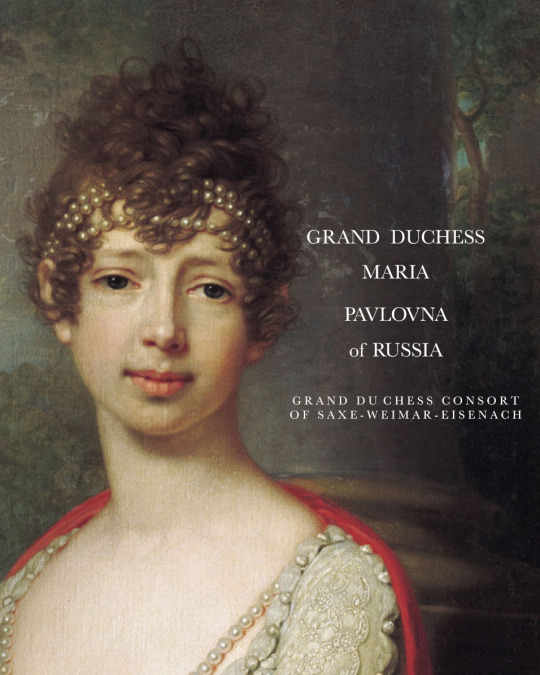

GODPARENTS OF EMPEROR ALEXANDER III
Emperor Alexander III (then Grand Duke) was born as the second son of Emperor Alexander II (then Tsesarevich) on 10 March 1845, during the reign of his grandfather Emperor Nicholas I. He was christened a week later at 10 am in the Winter Palace Church, St. Petersburg, by the Confessor of Their Imperial Highnesses. He had six listed godparents:
NICHOLAS I, EMPEROR OF RUSSIA - his paternal grandfather was one of his godparents present at his christening. Mainly remembered in history as a reactionary whose controversial reign was marked by geographical expansion, centralisation of administrative policies and repression of dissent. He died in 1855, when the Alexander was only 9 years-old, just a week shy from his 10th birthday.
LOUIS II, GRAND DUKE OF HESSE AND BY RHINE - his maternal grandfather was another of his godparents, but was absent at the christening. The hessian grand duke, like his paternal grandfather, was also considered a reactionary leader, he was in conflict with parliament almost his entire reign. The German revolution in 1848-49 proved his inability to govern. On March 5, 1848 he named his son Louis III as co-regent, and a year later he died.
GRAND DUCHESS ELENA PAVLOVNA OF RUSSIA - his great-aunt, the wife of Grand Duke Michael Pavlovich, stood as one of his godparents. Born as Princess Charlotte of Württemberg, she became a close friend of Alexander's mother the Empress Maria Alexandrovna, and was known as an intellectual. She was also considered the most exceptional woman in the imperial family since Catherine the Great.
GRAND DUCHESS OLGA NIKOLAEVNA OF RUSSIA, QUEEN CONSORT OF WÜRTTEMBERG - his aunt was one of his godparents present at the christening. She was the younger sister of his father. Attractive, cultured and intelligent, she was considered to be one of the most eligible princesses in Europe. Just three years after her nephew was born, in 1846, she married Crown Prince Karl of Württemberg. Alexander's older brother the heir apparent Nicholas died just two months before their aunt Queen consort of Württemberg. With his death, he became the next heir apparent, the 'Tsesarevich'.
GRAND DUCHESS MARIA PAVLOVNA OF RUSSIA, GRAND DUCHESS CONSORT OF SAXE-WEIMAR-EISENACH - his great-aunt was another of his godparents. One of the daughters of Emperor Paul I, the grand duchess married a German prince Karl Friedrich, Grand Duke of Saxe-Weimar-Eisenach in 1804. She was an intellect, interested in both arts and sciences. German poet and novelist Johann Wolfgang von Goethe hailed her as one of the worthiest women of his time. She was the great-grandmother of Wilhelm II, German Emperor and Queen Victoria of Sweden.
PRINCESS MATHILDE CAROLINE OF BAVARIA, GRAND DUCHESS OF HESSE AND BY RHINE - his aunt, the wife of his uncle Louis III, Grand Duke of Hesse and by Rhine, was listed as one of the future emperor's godparents. She was the eldest daughter of King Ludwig I of Bavaria. Her marriage to Louis III was childless. She died of cancer in 1862 at the age of 48.
Source
32 notes
·
View notes
Text
Portraits of Romanovs (and Relations) by Nicholas Panagiotti Zarokilli
Nicholas Pannagiottis Zarokilli was born in Turkey in 1879. He was a painter particularly fond of creating pictures of beautiful women. From 1912 to 1920, Zarokilli produced paintings for publications like MoToR, Modern Priscilla, Women’s Home Companion, The Green Book, McCall’s, and The Saturday Evening Post.
He also designed World War I posters. The United States needed money for the war, so the artist created posters to try and encourage people to give for the cause.
Zarokilli was known well for his dry-point paintings. Drypoint is a printmaking technique of the intaglio family, in which an image is incised into a plate or "matrix" with a hard-pointed "needle" of sharp metal or diamond point. In principle, the method is practically identical to engraving.
He painted portraits for people such as the Queen of Spain, the Archbishop of Canterbury, Grand Duchess Anastasia, the King of Portugal, and Mr. and Mrs. Solomon Guggenheim. Landscapes were also his love, painting the cities of Venice, Madrid, and Seville.
The following is his rendering of several members of the Romanov family (and other relations.) I have seen some of these here and there before (several of you have them in your Tumblrs and always admired them; I think he captures the likenesses admirably. I found the ones here together and identified on the British Museum website (they were done between 1920 and 1922.)
These are the names of the easily recognizable "personages" in the paintings in the order they appear below:
Prince Felix Yusupof (wearing a suit)
Prince Felix Yusupof (head)
Princess Irina Alexandrovna
Grand Duke Alexander Mikhailovich (sitting)
Grand Duke Alexander Mikhailovich (bust)
Prince Andrei Alexandrovich
Prince Feodor Alexandrovich
Grand Duchess Anastasia Mikhailovna
Grand Duke Kyril Vladimirovich
Grand Duchess Maria Pavlovna the Younger
Queen Marie of Romania (born Princess Marie Alexandra Victoria of Edinburgh) - Granddaughter of Queen Victoria
Queen Victoria Eugenie of Spain (born Princess Victoria Eugenie Julia Ena of Battenberg (youngest granddaughter of Queen Victoria, Hessian Princess through the morganatic Battenberg line)



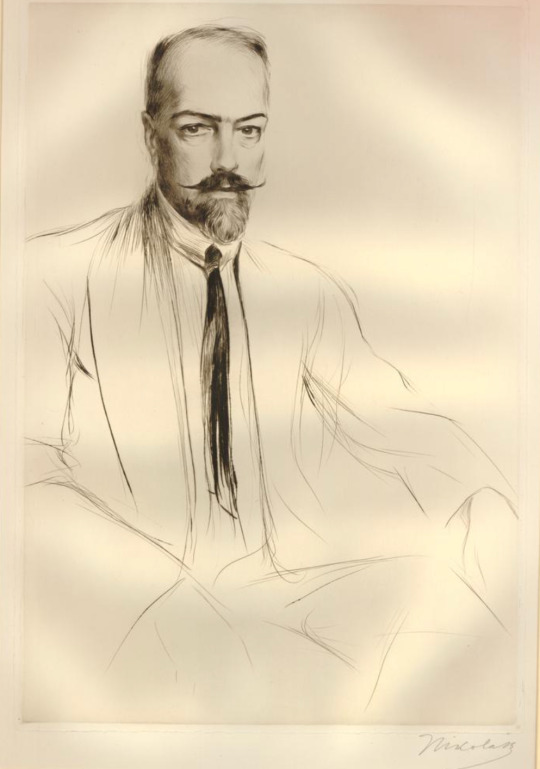
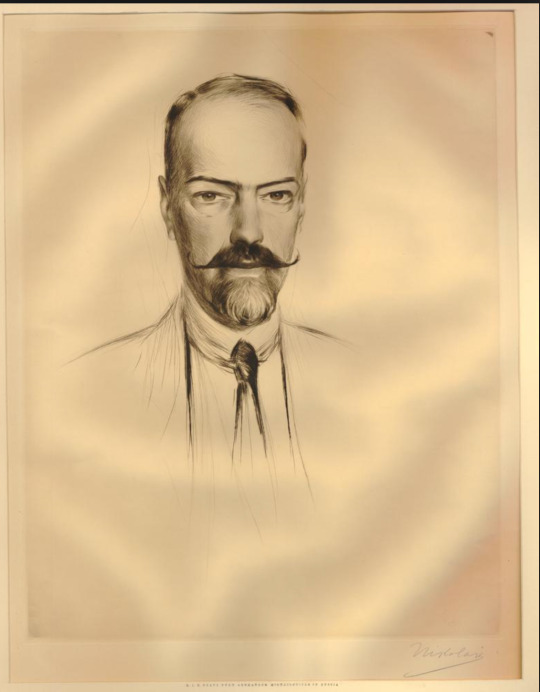

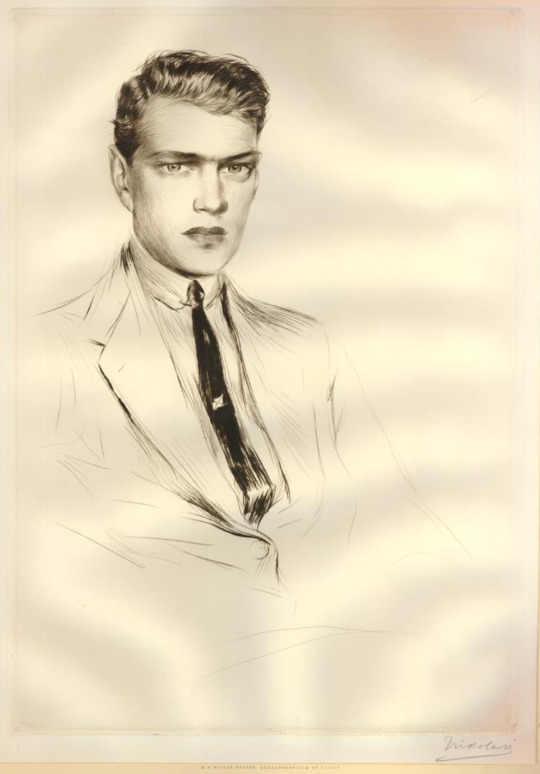


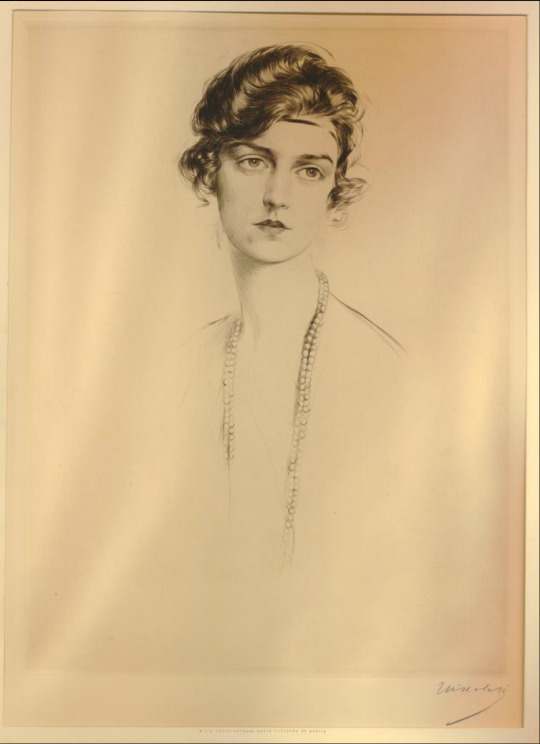

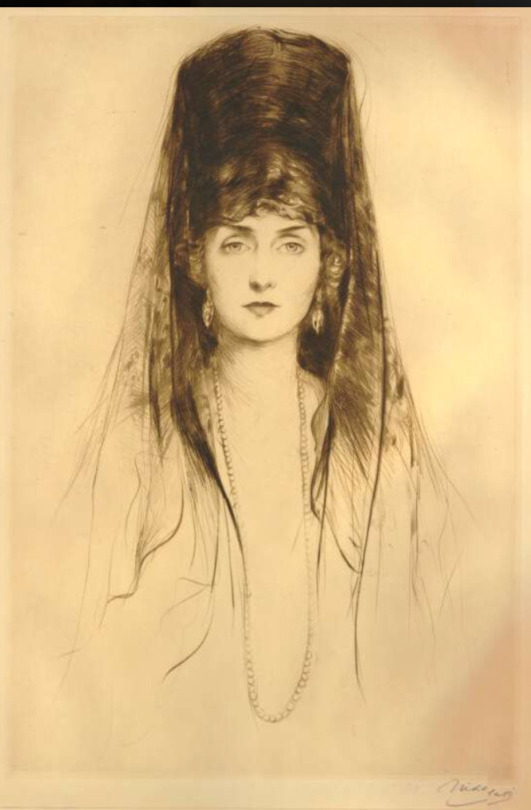
References
N.P. Zarokilli Archives | The Saturday Evening Post
Nicholas Panagiotti Zarokilli | British Museum
#Nicholas Panagiotti Zarokilli#Prince Felix Yusupov#Princess Irina Yusupov#Grand Duke Alexander Mikhailovich#Grand Duchess Anastasia Mikhailovna#Prince Andrei Alexandrovich#Prince Feodor Alexandrovich#Grand Duke Kyril Vladimirovich#Grand Duchess Maria Pavlovna the Younger#Queen Marie of Romania#Queen Victoria Eugenia of Spain#Romanov dynasty
36 notes
·
View notes
Text

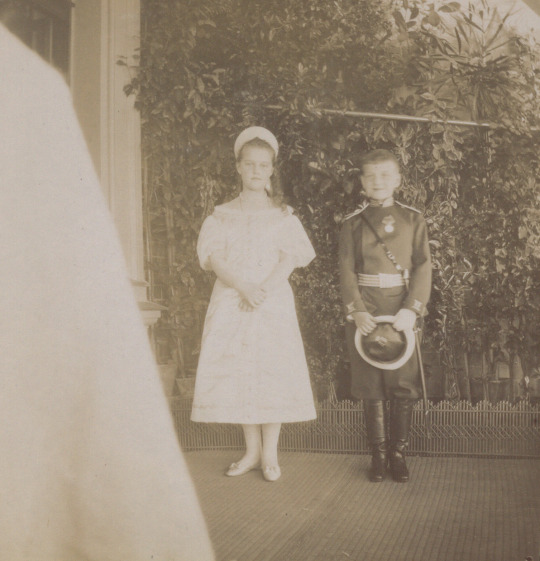
Grand Duchess Maria Pavlovna (the younger) with her brother Grand Duke Dmitri Pavlovich at Grand Duchess Anastasia Nikolaevna’s baptism, 1901
#they are so cute!#maria pavlovna the younger#maria pavlovna#dmitri pavlovich#anastasia nikolaevna#baptism#1901#imperial russia#imperial Russian court dresses#kokoshnik#grand Duke Dmitri Pavlovich#grand duchess Maria Pavlovna#romanov family
62 notes
·
View notes
Text
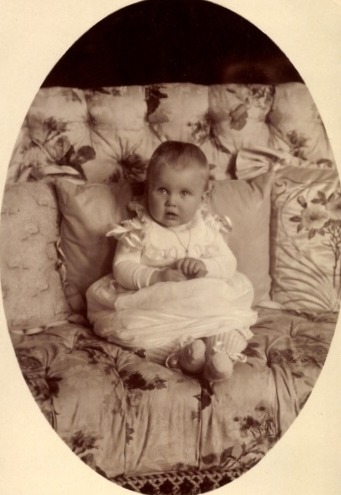
Duchess Woizlawa Feodora of Mecklenburg-Schwerin in 1919.
Only daughter of Duke Adolf Friedrich of Mecklenburg-Schwerin (half-brother of Grand Duchess Maria Pavlovna "The Elder") and Princess Viktoria Feodora Reuss Younger Line.
#duchess woizlawa feodora of mecklenburg-schwerin#mecklenburg-schwerin#german royalty#german royal#1919#1910s
16 notes
·
View notes
Note
Who's your history crush? Mine's the Red Baron
Aside from Manfred (obviously) i have a LOT actually! I think I'll go with ones on top of my head right now: Grand duchess Maria Pavlovna the younger, Dmitri Shostakovich, Michael Gabriel Fredersdorf, Zinaida Yousoupova. But yeah I have a lot more hehe
1 note
·
View note
Text


Grand Duchess Elizabeth Feodorovna with niece, Grand Duchess Maria Pavlovna (the younger), and nephew, Grand Duke Dmitri Pavlovich.
(source: 📷)
#elizabeth feodorovna#grand duke dmitri#grand duchess maria pavlovna#the younger#grand duchess#grand duke#my own
22 notes
·
View notes
Text
POV: when you’re thinking deeply and trying to find parallels between your two obsessions (HOTD and European monarchies) and you think of this:
The equivalent of Daemon and Rhaenyra (uncle and niece) would be like Prince Christopher of Greece and Denmark and Grand Duchess Maria Pavlovna (the younger)
(people lust ignore the Hapsburgs here and get with me ok 🤨)
1 note
·
View note
Text

Grand Duchess Maria Pavlovna the Younger.
#romanov#maria pavlovna the younger#maria pavlovna#marie pavlovna#pavlovichi#source: fragments de vie by ferrand
23 notes
·
View notes